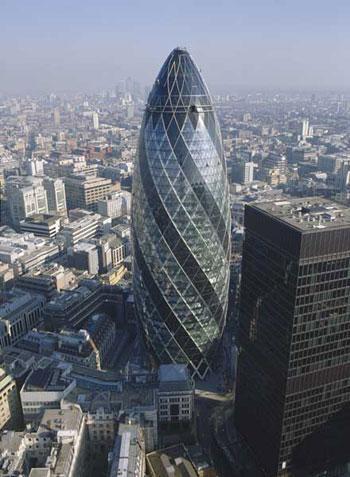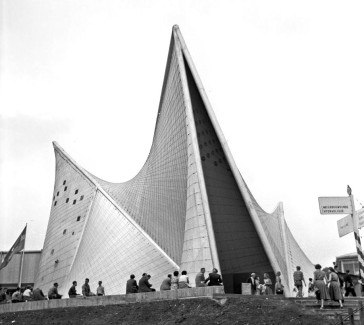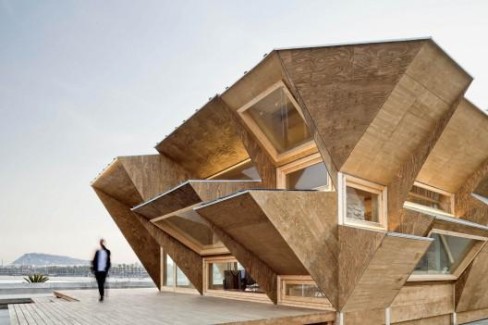Mathematics and design have been linked since ancient times.
The ancient pyramids and temples represent some of the first examples of mathematical theories and principles. Today, architectural design continues to rely on maths. Even if you spent your college calculus class daydreaming about the girl across the hall, these designs will leave you in awe.
The Tetrahedral Church
Technically, this design is a convex polyhedron with four triangular faces. For the sake of our sanity, we’ll call it a complex pyramid. A famous architect named Walter Netsch applied this geometric principle to the Cadet Chapel at the U.S. Air Force Academy in Colorado Springs, in Colorado, USA. This astonishing example of modernist architecture consists of 17 spires and stands over 150 feet above its foundation. Built in the early 1960s, the project cost approximately $3,500,000 USD.
The Experimental Pavilion
Patrons at the 1958 World’s Fair were blown away by this incredible construction. The Philips Pavilion was the focus of the first Expo following World War II. Its creators wanted to show the world how much technological progress the country had made since the war began. Philips Electronics Company worked with an array of famous artists, composers and architects to design the pavilion. This bizarre structure utilises steel cables to support asymmetric hyperbolic paraboloids. If you don’t quite understand what that means, don’t worry about it. Just enjoy the view!
Algorithm Architecture
Using mathematical algorithms to alter the geometry of a cubic structure, the designers of Barcelona’s Endesa Pavilion created a truly eye-catching building. The algorithms are based on the orientation of the building and solar inclination. With the help of complex computer programs, algorithms can actually be used to create the perfect design for any location. Before designing the Endesa Pavilion, the architect tracked the movement of the sun from the exact proposed building location. Almost all of the planning and calculating was then done by the algorithm itself.
The Magical Gherkin

Many refer to London’s most famous skyscraper as “The Gherkin.” Although its namesake may make it be a simple vegetable, this 41-floor tower is about as complex as buildings get. Architects designed the 591-foot modern tower with parametric modelling and mathematical formulas in an attempt to minimise winds at its base. The final design maximises ventilation through its bulging centre and tapering top. Foster and Partners, the architectural firm credited for the building, receives continued praise for the buildings extremely energy-efficient design. “The Gherkin” uses only about half of the energy of similarly sized towers in the area.
Remember that day you rudely asked your maths teacher when you would EVER use maths in the REAL world…. Well, here’s your answer. The world of design often relies on mathematical principles to create naturally eye-catching elements. Although maths can look boring at first glance, the subject is far from dull. The best designers know how to use maths to catch the eye of viewers and establish consistency and patterns within their designs.










Leave A Comment
You must be logged in to post a comment.